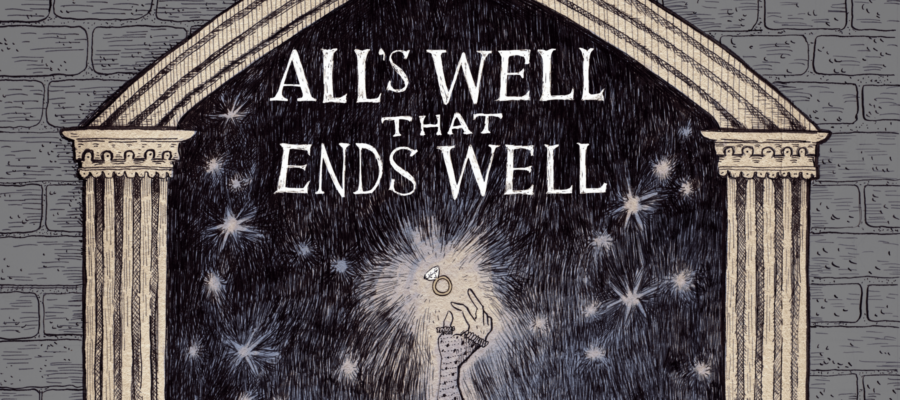Pareeshe Fatima
Romeo and Juliet is a play by William Shakespeare that tells the tragic story of two young lovers who belong to rival families, the Montagues and the Capulets. The play has been praised for its language, characters, and dramatic effects but also criticized for its unrealistic plot, excessive violence, and moral ambiguity. In this response, I will explain some of the main aspects of the literary appraisal of the play.
One of the play’s most important themes is the power of love, which transcends social norms, family ties, and personal interests. Romeo and Juliet fall in love at first sight despite being enemies by birth. They defy their parents, friends, and society to pursue their passion. They are willing to risk everything, even their lives, for each other. Their love is presented as a force of nature, a divine gift, and a cosmic fate. Shakespeare uses poetic language, such as metaphors, similes, and personification, to express the intensity and beauty of their love. For example, when Romeo first sees Juliet, he compares her to a bright jewel in an Ethiope’s ear (1.5). When Juliet waits for Romeo on her balcony, she calls him the sun and wishes he would rise (2.2). When they part after their wedding night, they say it is not yet morning but a nightingale singing (3.5).
Another key theme of the play is the conflict between order and chaos, which results from the feud between the Montagues and the Capulets. The play shows how the two families’ hatred and violence disrupt Verona’s peace and harmony, a city that is supposed to be civilized and cultured. The feud also affects the lives of innocent people, such as Mercutio, Tybalt, Paris, and the lovers themselves. Shakespeare uses contrast, irony, and foreshadowing to highlight the tragic consequences of the conflict. For example, he contrasts the scenes of love and joy with those of death and sorrow. He uses irony to show how the characters’ actions often have opposite or unexpected outcomes. He foreshadows the lovers’ fate by calling them star-crossed (prologue) and having them talk about death as their bridegroom or husband (3.2).
Please, subscribe to the official website of republicpolicy.com
A third central theme of the play is the role of fate and free will in human life. The play suggests that a higher power controls or influences the events that happen to the characters. This power is sometimes called fortune, chance, destiny, or providence. It is often associated with celestial bodies, such as stars or planets. The characters often blame or appeal to this power for their misfortunes or hopes. For example, Romeo says he is fortune’s fool (3.1) after killing Tybalt. Juliet says she will follow Romeo to his grave if fortune does so (3.5). However, the play also shows the characters have some degree of choice and responsibility for their actions. They make decisions based on their emotions, impulses, or values. They also seek help from human agents like Friar Lawrence or the Nurse. For example, Romeo goes to the Capulet’s party (1.4), where he meets Juliet. Juliet decides to take Friar Lawrence’s potion (4.1), which leads to her apparent death.
Lastly, Romeo and Juliet is a play that explores various aspects of human experience through its language, characters, and plot. It portrays love as a powerful, sublime emotion that can overcome any obstacle or challenge. It depicts conflict as a destructive and senseless force that can ruin hope or happiness. It questions fate as a mysterious and ambiguous factor that can shape or change any destiny or outcome. Hence, Shakespeare has masterfully explained the universal theme of love with conflicting social and cultural conflicts.
Please, subscribe to the monthly magazines of republicpolicy.com















